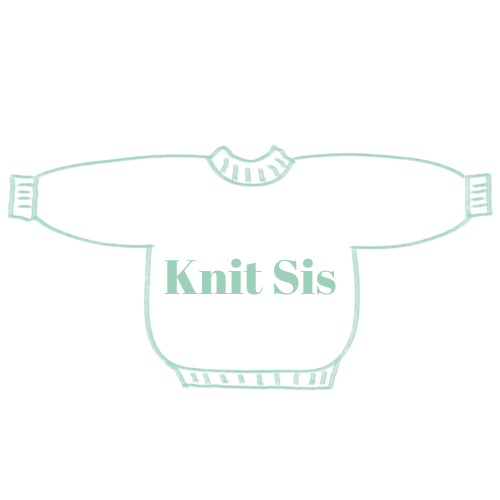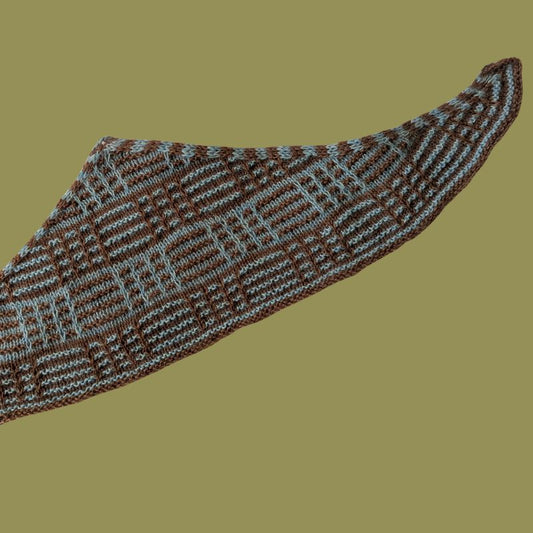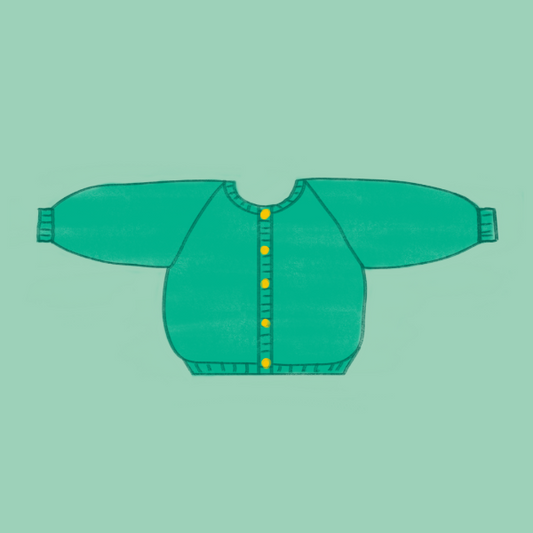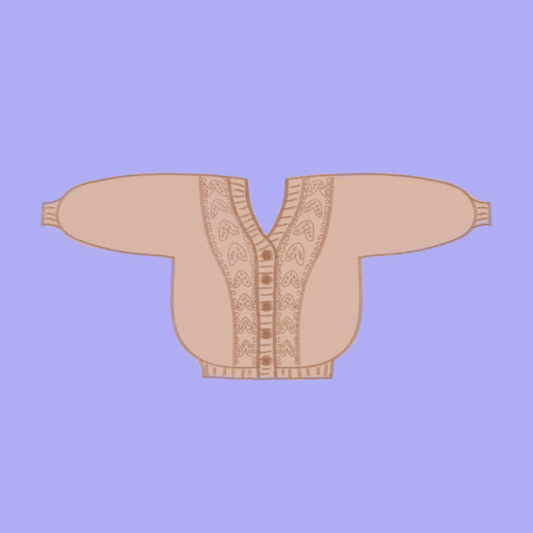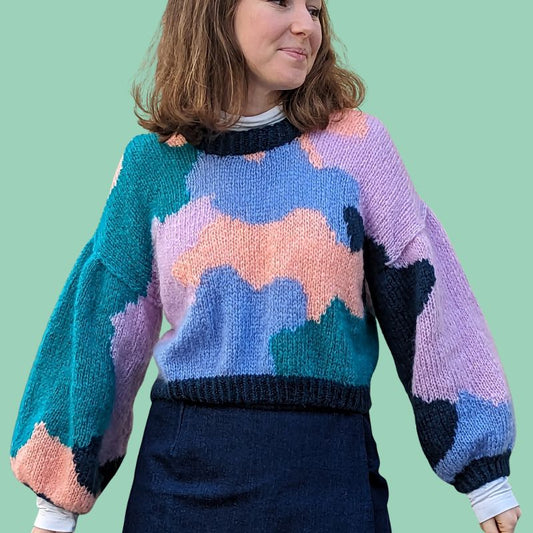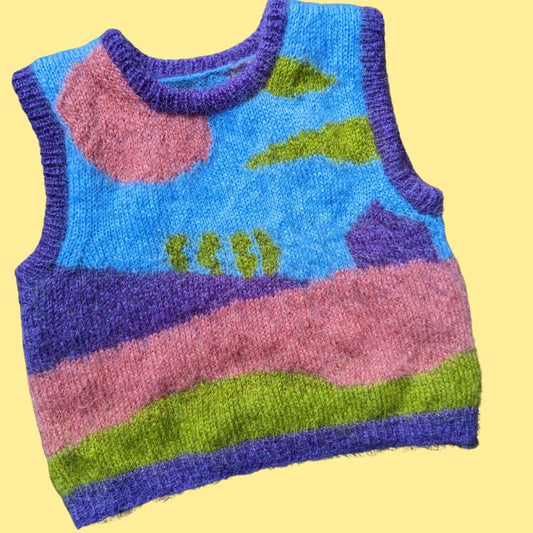How to master the techniques of casting on invisible or elastic stitches according to your knitting projects
Knit SisShare
Introduction: Editing, the (false) detail that changes everything 🧶
Let's not lie to ourselves: we've all, at one time or another, started a knitting project with a cast-on that's a bit... rigid (or warped... or gaping 😅). And that's often where it happens: from the very first stitch, everything can change. If you finally want to understand which cast-on techniques to choose for a professional finish , this article is for you!
At Knit-sis, we tested, failed, tried again (thanks Mamie for your patience 🙈), and we have compiled here our favorite methods according to the use, the finish and the desired result.
Why choose the right stitch mounting technique?
👉 Casting is the foundation of your knitting project. A well-chosen base can:
▪️Give elasticity to a neckline or cuffs,
▪️Make a border completely invisible (luxury stitching effect 💎),
▪️Provide a clean and supple finish, even on jersey or garter stitch,
▪️Avoid any lines or gathers (often caused by too tight a fit).
The main families of stitch mounts (and when to use them)
1. The classic assembly (or "long tail cast on")
Ideal for: sweaters, vests, jersey or garter stitch projects.
▪️✅ Easy, fast, good results.
▪️❌ May lack elasticity for edges.
👉 Knit-sis Tip : Great for beginners or if you're knitting a sweater like the Doudou Sweater or the [Chou Vest] , where you want a simple and regular base.
2. The elastic mounting ("German twisted cast on")
Ideal for: cuffs, necklines, sock edges.
▪️✅ Very flexible, ideal for stretching areas.
▪️❌ Less aesthetic on certain threads.
👉 Perfect for the [Festi Vest] or the [Cuddle Sleeveless Sweater] , where comfort is paramount!
3. Tubular assembly (needle or crochet)
Ideal for: an invisible and clean finish , often used in ribs.
▪️✅ Very clean edge, high-end stitching effect.
▪️❌ Technique a little longer to learn.
4. Provisional cast-on
Ideal for: projects knitted in both directions, or if you want an invisible join afterwards.
▪️✅ Ultra practical for one-piece constructions.
▪️❌ Requires mastery of picking up stitches afterwards.
👉 Perfect for top-down or bottom-up no-sew projects like the [Elmer Vest] or the [Mondrian Sweater] .
[FAQ] Which mounting technique for which use?
What is the best technique for an elastic neckline?
Use German twisted cast-on or a tubular mount if you want it to stay nice and supple.
For an invisible finish?
Try tubular assembly (Italian or crochet). Amazing 🤯
To start a simple project like a jersey sweater?
The classic setup will do the trick just fine. Just add a little looseness 😉
What if you put it into practice? 🧵
Because we know: reading is good, but testing is better. And for that, there's nothing like a concrete project to experiment with each type of editing. Here are some ideas:
▪️🆓 Poppy Top (free) : Easy assembly, ideal for beginners.
▪️🎨 Mondrian Sweater : Combines temporary assembly + color change.
▪️💕 Mon Amour Sweater : Ideal for testing intarsia AND an elastic base.
▪️✨ Vintage Fall Vest : Clean finish on mounted pieces.
👉 Find them all in our colorful knitting pattern shop !
Conclusion: Mastery begins with the first stitch
Knitting is a journey… and each stitch you start with sets the tone 🧶 If you want to take your projects to the next level, take 10 extra minutes at the start: the right cast-on can transform your sweater into a designer-brand piece 💥
So, ready to try a new technique tonight?
➡️ Download a Knit-sis pattern , choose your project and dare to finish it off perfectly!
🧡 Want more tech tips like this? Sign up for our newsletter to receive exclusive tutorials, pattern promos, and colorful surprises!
To your needles, girlfriend ✨
— Lenny & Louise, the sisters who have been knitting with love for 20 years
